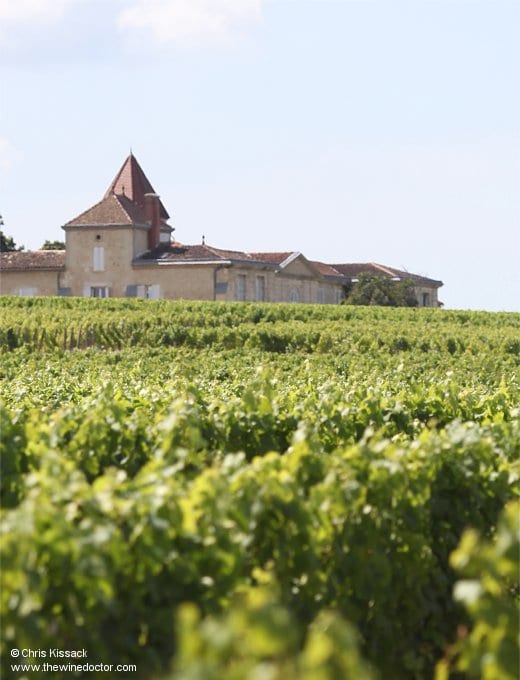Château Rabaud-Promis
As with Château Sigalas-Rabaud, the history of Château Rabaud-Promis may be traced as far back as 1660, the two estates having a shared origin and heritage. For many years the story of the two châteaux is in fact one and the same, up until the point the estate was cleaved in two. This division was somewhat faltering, however, a functional reunification of the two estates in the early 20th century meaning that they were not finally separated, once and for all, until 1950. For this reason the story of Château Rabaud-Promis and Château Sigalas-Rabaud are intimately intertwined, so I hope the reader will forgive me if some of the details of this profile seem strangely familiar. It may well be that you have read them before in my Château Sigalas-Rabaud profile.
The Rabaud and Sigalas Families
The story begins in at least the 17th century, although it seems likely that the true origin of the estate is more ancient than that. Nevertheless, the earliest documents pertain to a Château Rabaud (the spelling varies through the years, but I will largely adhere to Rabaud to save any confusion) which came to the de Cazeau family in 1660 when Antoine de Cazeau married Madame Peyronne de Rabeau. The estate was part of her dowry. The property remained in the hands of its new owners through several generations, the family overseeing the construction of a château, in a low-lying chartreuse style, designed and built by the renowned architect Victor Louis (1731 – 1800), sometime around 1780. This château would eventually be the modern-day Château Sigalas-Rabaud.

